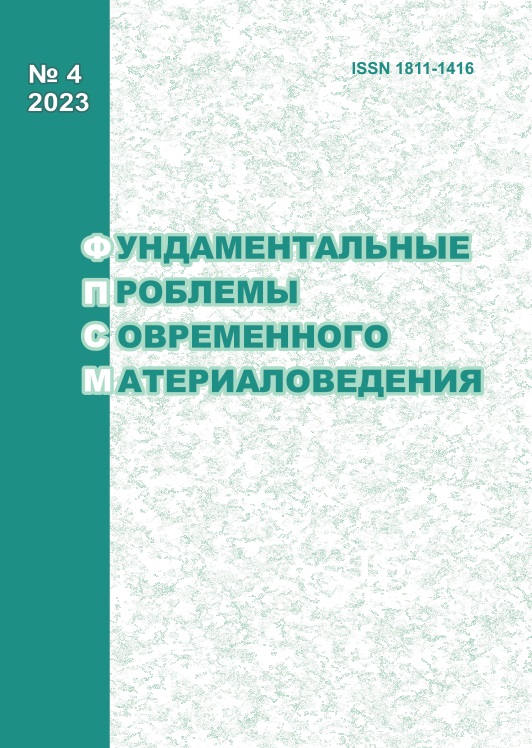INFLUENCE OF PRESSURE WELDING TEMPERATURE AND SUBSEQUENT HEAT TREATMENT ON THE MICROSTRUCTURE AND PROPERTIES OF SOLID-STATE JOINTS OF NICKEL-BASED EP975 AND EK61 SUPERALLOYS
10.25712/ASTU.1811-1416.2023.04.013
Keywords:
nickel-based superalloys, ultrafine-grained structure, superplasticity, pressure welding, solid-state joint, heat treatmentAbstract
The effect of pressure welding (PW) temperature and heat treatment on the microstructure and properties of a solid-state joint of wrought heterophase nickel superalloys in combination of EP975//EK61 with various types of strengthening phases is analyzed. Based on the results of energy-dispersive analysis, it was established that during the process of PW in vacuum under temperature-strain superplasticity conditions (850-925 °C; 10-4 s-1), as a result of the processes of mutual diffusion of alloying elements, a narrow of diffusion zone is formed. Its width increases from 3 μm to 8 μm as the PW temperature increases from 850 to 925 °C. The effect of subsequent heat treatment on the change in the phase composition in the solid-state joint (SSJ) zone and the strength of welded specimens has been studied. It is shown that an increase in the PW temperature from 850 to 925 °C, as well as subsequent heat treatment, leads to an expansion of the diffusion interaction zone to 10-20 μm. According to the results of mechanical tensile tests at room temperature, it was found that the highest strength of welded specimens after PW at a temperature of 850 °С reaches a value of 0.8 of the strength of the EK61 superalloy being joined, and after following heat treatment it remains at the same level.











 Journal «Fundamental’nye problemy sovremennogo materialovedenia / Basic Problems of Material Science»
Journal «Fundamental’nye problemy sovremennogo materialovedenia / Basic Problems of Material Science» This work is licensed under a
This work is licensed under a 
